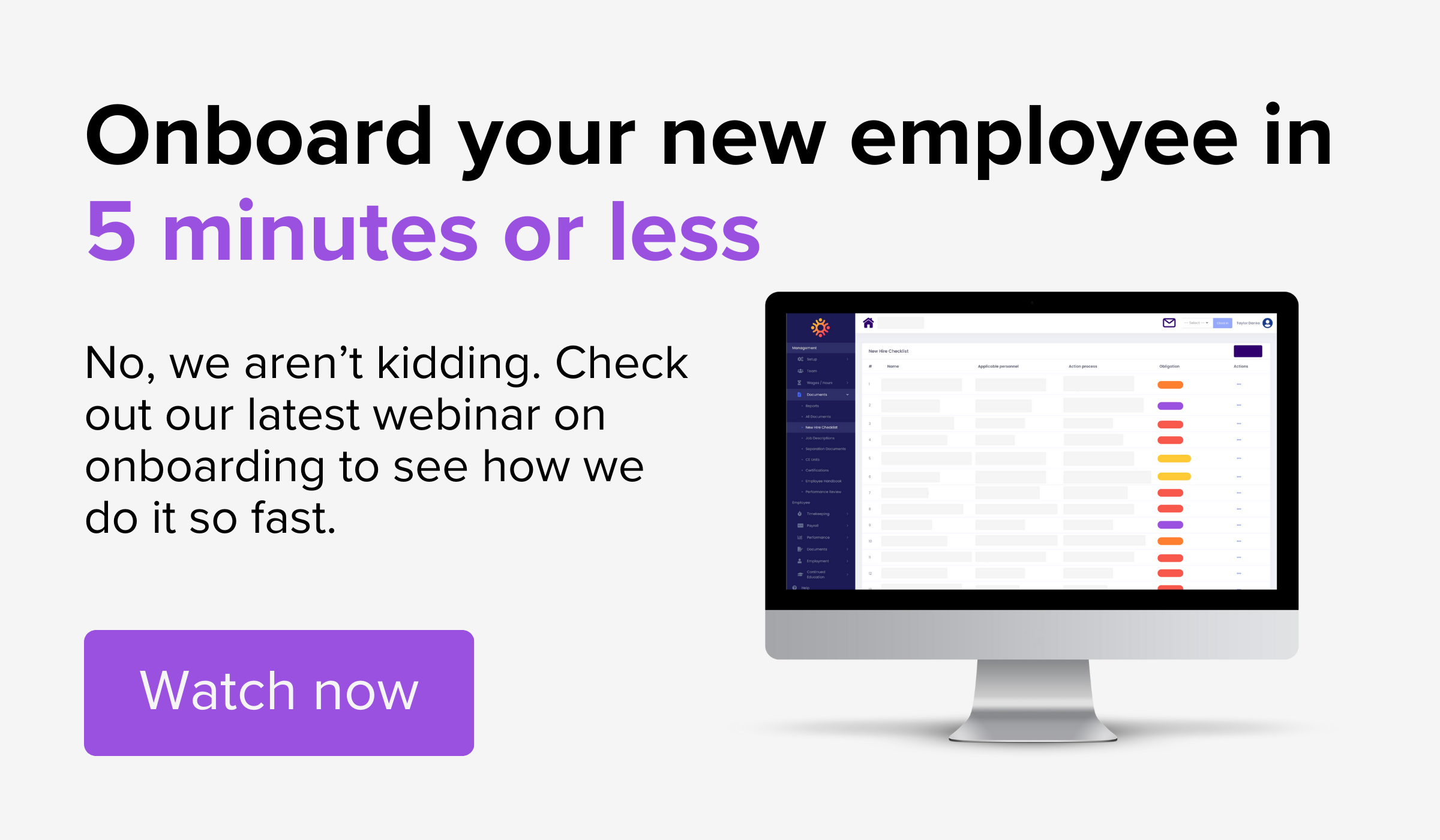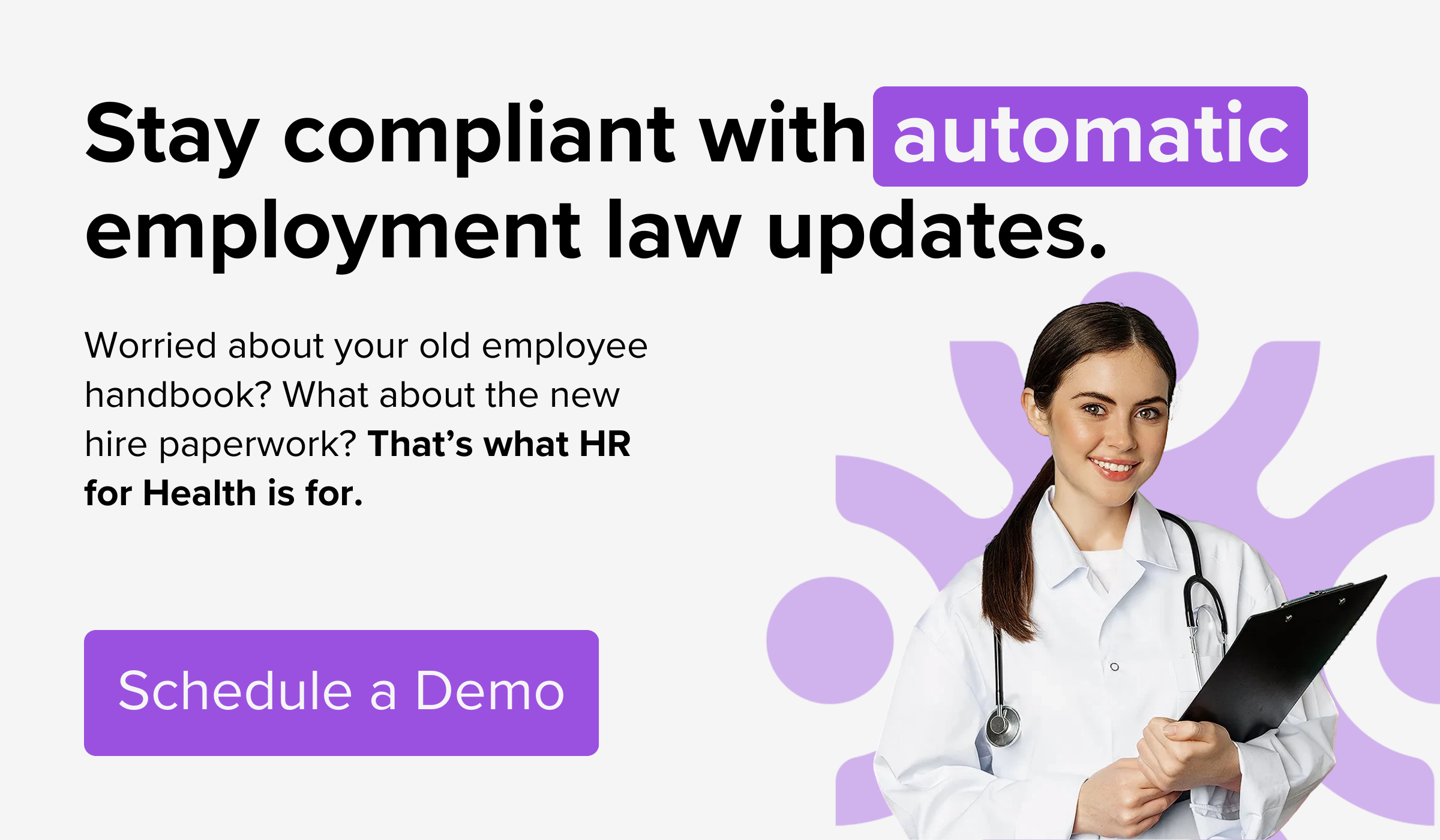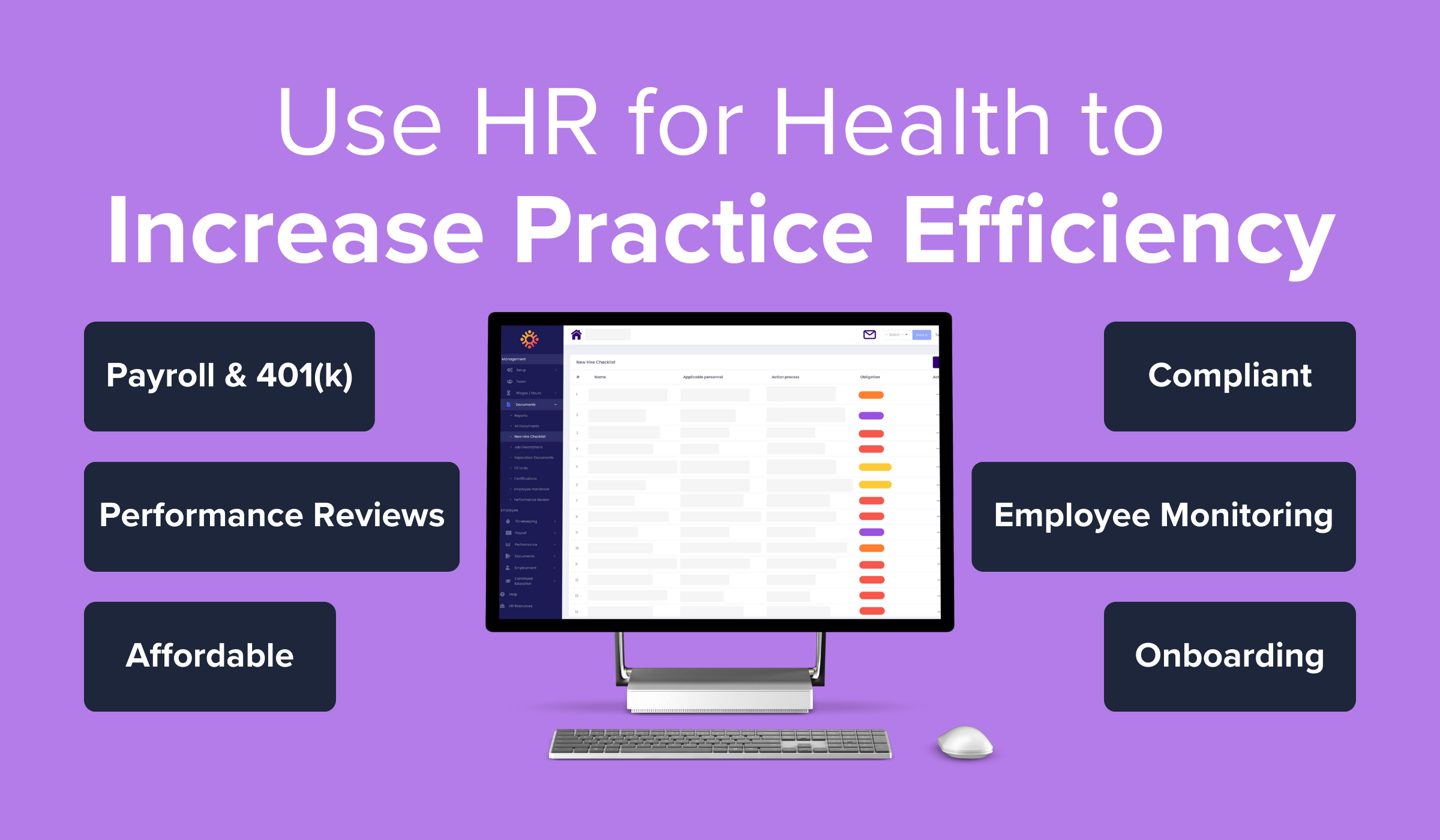Being a crucial part of healthcare, the dental industry is not without its share of unique and substantial challenges. To continue offering exemplary dental care to their patients, dental practitioners and businesses must overcome various internal and external difficulties. Sourced from FinMKT, Titan Web Agency, The Dental CFO, Own Your Own Future and Emitrr, this article delves deeper into these challenges, shedding light on probable solutions.
Internal Challenges
Staffing Issues
Staffing stands as a prominent internal challenge for dental practices, particularly within hiring, training, and retaining qualified staff. Staff shortages contribute to delays in care provision, adversely affecting patient services.
Strategy: To combat these issues, practices should create supportive environments conducive to staff development. Employee satisfaction can be boosted through adequate time off, communications training, and a good work-life balance, all of which also aid in talent retention.
Financial Management
Dental practices regularly grapple with various financial issues such as billing and collections, insurance reimbursements, and efficiently managing overhead costs. These challenges can affect service quality and the overall profitability of the practice.
Strategy: Dentists should establish robust financial management systems. They can consider hiring dedicated financial management personnel or engaging professional consultants to navigate complex financial challenges effectively.
Patient Base
Attracting new patients while retaining the existing ones poses a significant test for a dental practice.
Strategy: Solidifying patient relationships through excellent customer service is key. Dental offices can further promote their services via social media and other marketing strategies to attract new patients.
Technology Adoption
With technological advancements consistently reinventing healthcare, staying updated can be a daunting task for dental clinics.
Strategy: Dentists should actively learn about and invest in the latest dental technologies, such as digital imaging and computer-aided design or computer-aided manufacturing (CAD/CAM). These tools enhance patient care, streamline operations, and provide a competitive edge.
External Challenges
Changes in the Healthcare Industry
Regulation shifts, dynamic insurance policies, and fluctuating patient needs necessitate that dental practices adapt quickly.
Strategy: Dental practices should stay informed of industry trends and changes by participating in continuing education systems, professional associations, and subscribing to healthcare news services.
Economic Conditions
Macroeconomic fluctuations like recessions or consumer behavior changes can hinder people from seeking dental treatments.
Strategy: Practices can explore third-party financing platforms to help patients afford necessary treatments, especially during challenging economic times.
Regulatory Compliance
In addition to providing healthcare, dental practices must meet many federal, state, and local regulatory requirements.
Strategy: Dental practices can rely on electronic health record (EHR) systems and other tech solutions that help comply with regulations, reducing the risk of non-compliance penalties and ensuring safe and standardized patient care.
Rising Operational Costs
Inflation and other economic factors lead to the escalating costs of running a dental practice, covering everything from supplies to staff salaries.
Strategy: Dentists should explore cost-saving alternatives like bulk purchasing of supplies and technological integrations that streamline tasks, thus reducing overall costs.
Harnessing HR for Health Software in the Dental Industry
With a rising number of practices incorporating modern technology to improve operational efficiency, Human Resources (HR) for Health software is a rising force in the dental industry. It provides a proactive approach to overcoming prevalent challenges in the industry.
Tackling Staffing Concerns
HR for Health software plays a vital role in addressing staffing issues in the dental industry. It allows for efficient management of personnel data, along with facilitating seamless onboarding and offboarding processes. Practices can use it to manage schedules and shifts efficiently, reducing the risk of misunderstanding and miscommunication, all while ensuring the clinic runs smoothly.
The software also provides platforms to administer performance evaluations and offer feedback, thereby fostering a positive work environment. The aim is to improve employee satisfaction and retention, curbing the impact of staff shortages on the practice.
Robust Financial Management
With a detailed recording system for time tracking and payroll, HR for Health software diminishes concerns about financial mismanagement and erroneous payroll processing. Dental practices can utilize this software to manage salaried and hourly wages, overtime, paid time off, and benefits, ensuring accurate compensation and reducing chances of financial discrepancies.
Streamlined Compliance with Regulatory Requirements
In the labyrinthine world of healthcare, it’s necessary to tread carefully with regulations. HR for Health software aids dental practices in navigating the intricate web of compliance with labor laws and healthcare regulations. It alerts practices of changes in labor laws, helping them adapt and avoid costly non-compliance penalties.
Efficient Patient Care and Practice Management
While HR for Health software primarily interacts with the human resources aspect of a dental practice, it also indirectly impacts patient care. By ensuring smoother administrative functions, dental practices can focus more on patient care and less on backend operations. It ultimately helps in building and retaining a satisfied patient base.
In conclusion, by centralizing human resources processes and providing a cohesive platform for staff management and financial administration, HR for Health software serves as a potent tool to combat numerous challenges in the dental industry. It encourages greater transparency, fosters a positive work environment, eases financial burdens, and assists in compliance with regulatory requirements. The net result– paramount care for patients and a more efficient, proactive dental practice.





